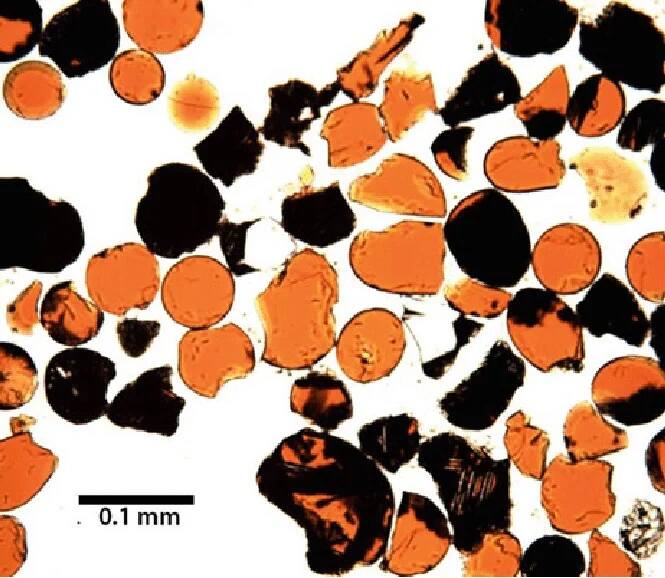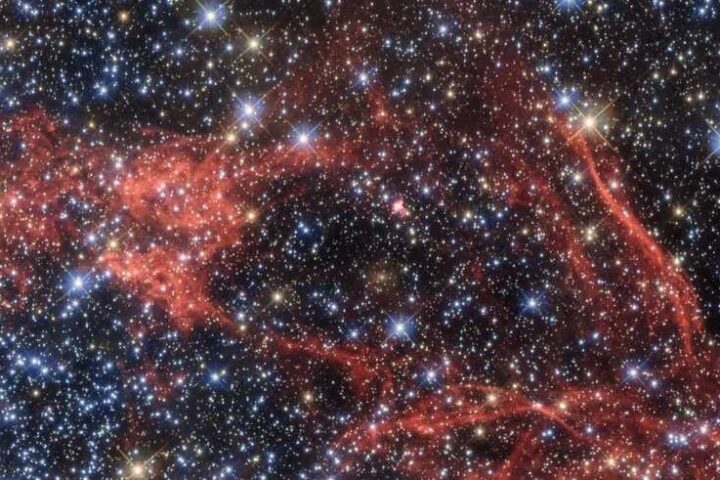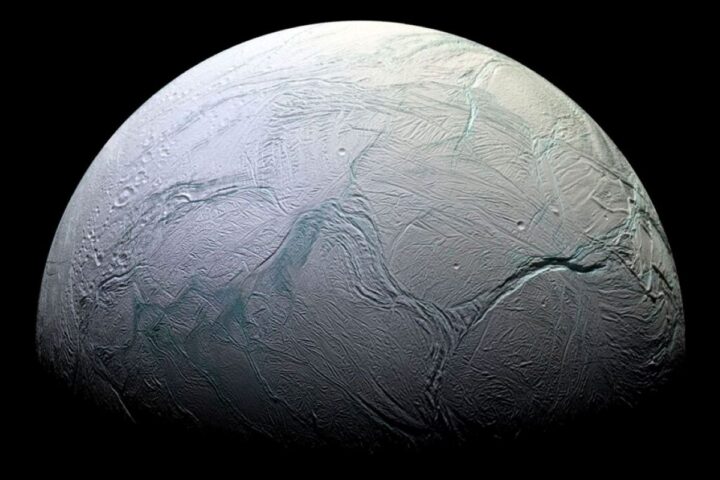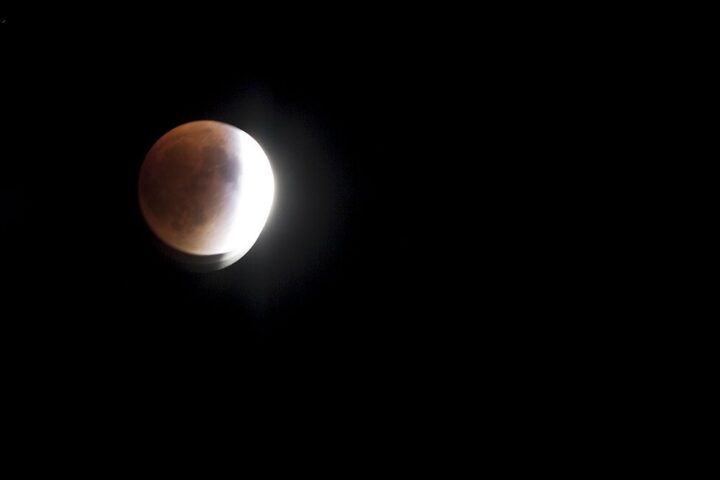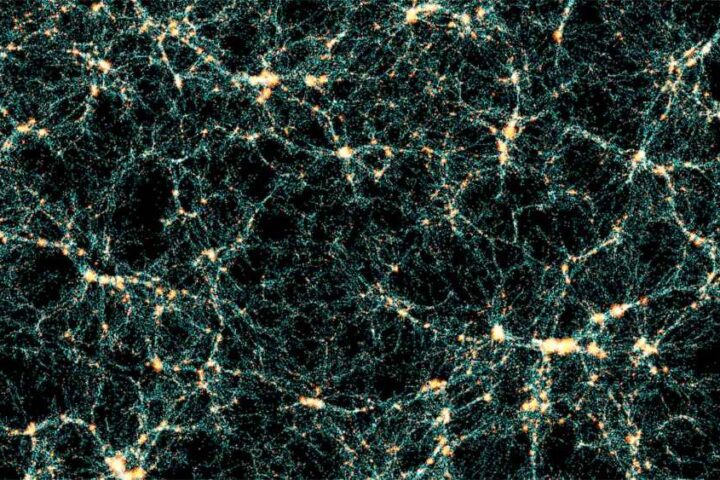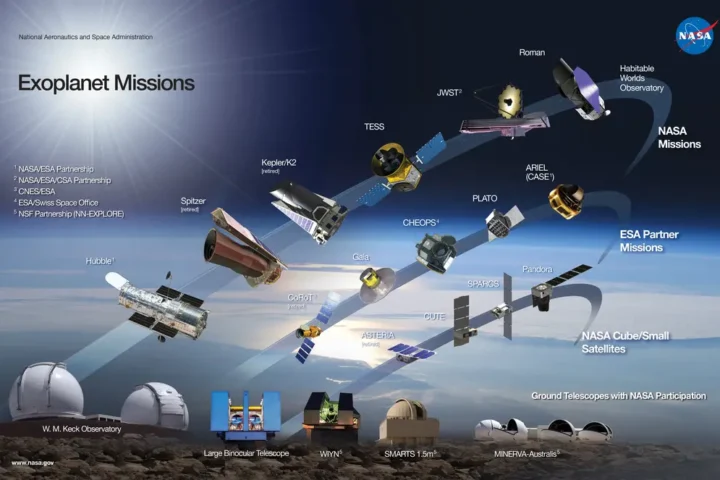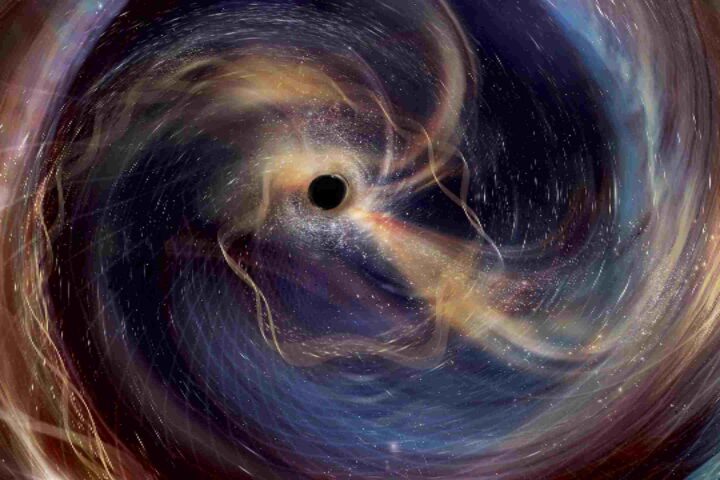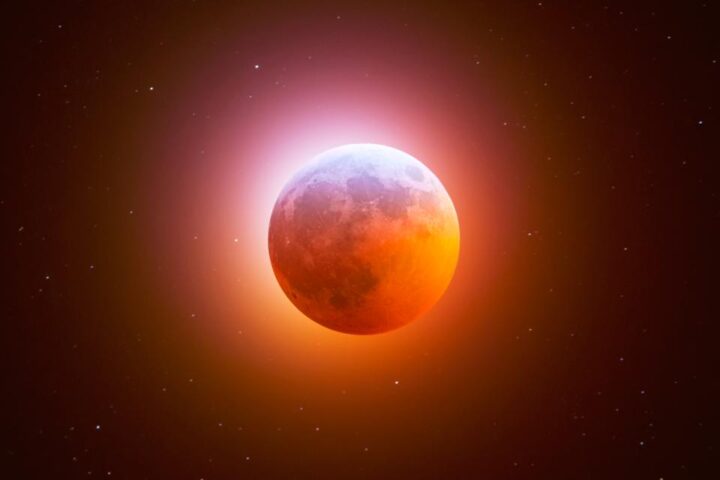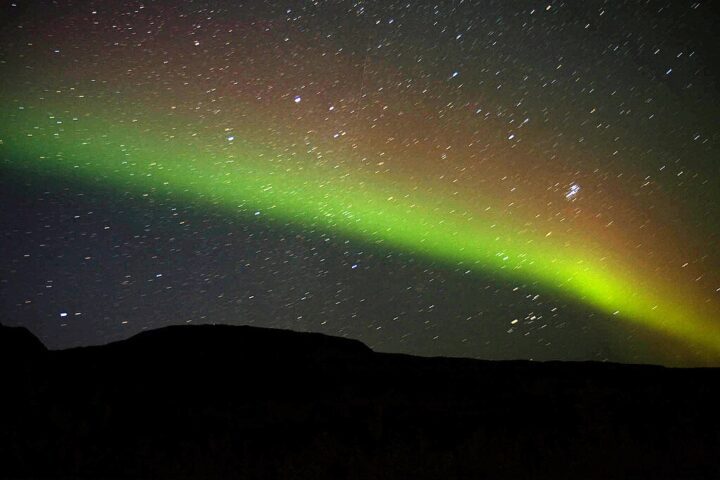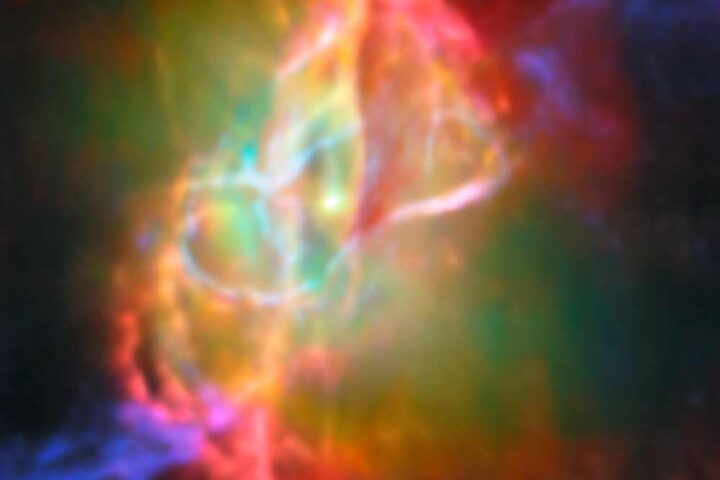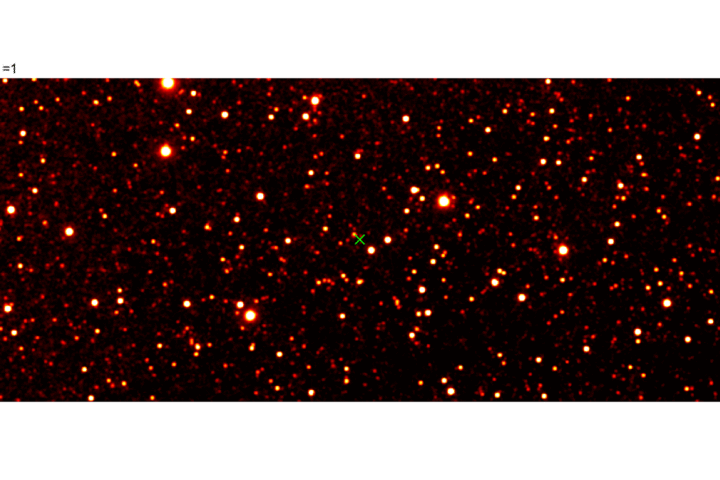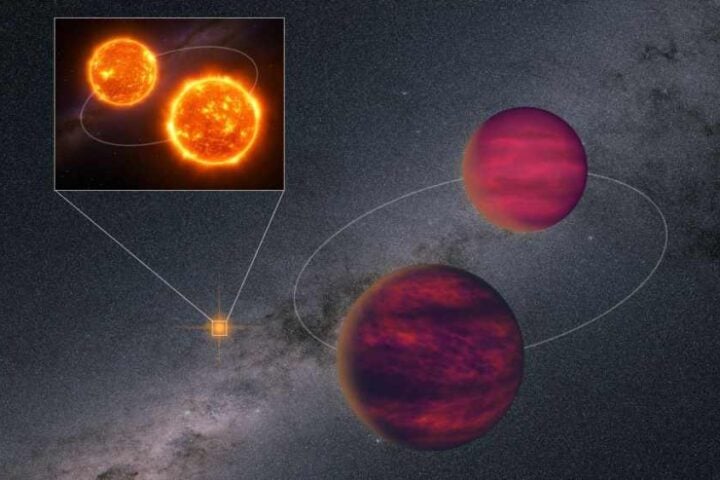Scientists are using new technology to study tiny orange glass beads found on the Moon. Apollo astronauts first discovered these beads over 50 years ago. Each bead is smaller than a grain of sand.
The orange beads formed 3.3 to 3.6 billion years ago during Moon volcanoes. Astronauts from the Apollo 17 mission spotted patches of orange soil in 1972. The color stood out against the Moon’s gray surface.
“They’re some of the most amazing extraterrestrial samples we have,” said Ryan Ogliore from Washington University in St. Louis. “The beads are tiny, pristine capsules of the lunar interior.”
The beads formed when Moon volcanoes erupted. Hot lava sprayed high above the surface. The droplets cooled quickly in the cold vacuum of space. This rapid cooling turned them into perfect glass spheres.
These beads show the Moon once had violent eruptions similar to fire fountains in Hawaii. The difference is these beads formed without air and in much colder conditions.
What makes these beads special is their age. With no weather or erosion on the Moon, they’ve stayed unchanged for billions of years. They store information about ancient Moon activity that would have disappeared on Earth.
Scientists couldn’t fully study these beads until recently. New tools now allow detailed analysis without damaging the samples.
Similar Posts
“We’ve had these samples for 50 years, but we now have the technology to fully understand them,” Ogliore said. “Many of these instruments would have been unimaginable when the beads were first collected.”
Researchers used electron microscopes and other advanced tools to study the beads. These tools can identify elements at the atomic level.
The analysis showed a very thin coating on each bead—less than 100 nanometers thick. This coating formed when vapor from volcanic clouds cooled on the bead surface. The coating has tiny features scientists call “micromounds,” “lathes,” “plaques,” and “blebs.”
Apollo missions found both orange and black glass beads in the same location. Black beads contain zinc-sulfide crystals. Orange beads don’t have these crystals. This difference shows that Moon volcanoes changed over time.
“It’s like reading the journal of an ancient lunar volcanologist,” Ogliore said about studying the beads.
The research reveals details about ancient Moon eruptions—their heat, pressure, and chemical makeup. This helps scientists understand how the Moon changed from an active world to the quiet satellite we see today.

These eruptions helped form the dark patches visible from Earth—the familiar “Man in the Moon” pattern.
The research will appear in the journal Icarus. These studies show the lasting value of the Apollo missions. Even after 50 years, Moon samples continue to provide new information about our nearest space neighbor.
